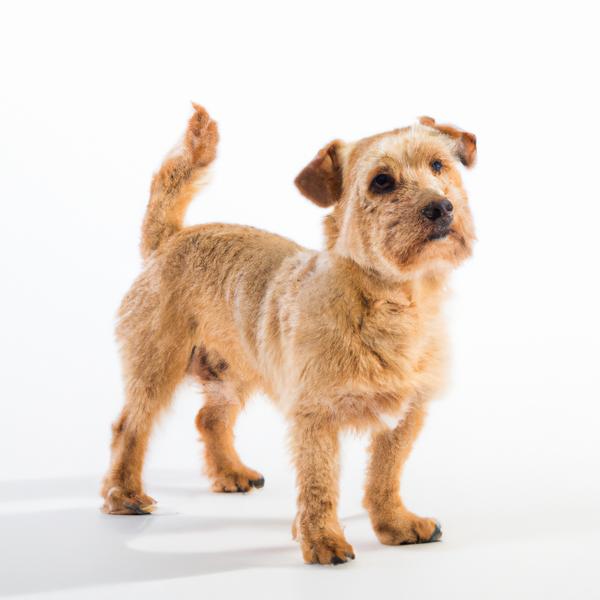Corkie vs. Tibetan Wolfhound: Breed Differences and Similarities
Hypoallergenic
Are Corkies or Tibetan Wolfhounds hypoallergenic, or neither?
Unfortunately, neither Corkie nor Tibetan Wolfhound are hypoallergenic, which may not make them the best choice for dog lovers who suffer from pet allergies.
Temperament
What are the personalities of Corkie and Tibetan Wolfhound dogs?
Playful
Independent
Energetic
Alert
Courageous
Intelligent
Friendly
Affectionate
Loyal
Trainable
Quiet
Faithful
Stubborn
Aloof
Dignified
Protective
Courageous
Intelligent
Patient
Loyal
Tempered
Sweet
Strong
Willed
Generous
Thoughtful
Shedding Level
Do Corkies shed more than Tibetan Wolfhounds, or which breed sheds more, Corkies or Tibetan Wolfhounds?
Corkies are low shedding dogs, requiring minimal coat care.
Tibetan Wolfhounds are moderate shedders, but regular brushing can reduce shedding and maintain coat health.
Watchdog Ability
Which dog breed makes a better watchdog, the Corkie or Tibetan Wolfhound?
Corkies aren't great guard dogs; they tend to just watch without taking action.
Choose a Tibetan Wolfhound if you want a top-notch watchdog. This breed takes guarding seriously, and may not require much training, though obedience or guard dog training can improve their skills.
Ancestry
What are the origins of Corkie and Tibetan Wolfhound breeds?
Cocker Spaniel, Yorkie
Irish Wolfhound and Tibetan Mastiff
Date of Birth
When were Corkie and Tibetan Wolfhound breeds first developed?
2000
Unknown
Eye Color Possibilites
What are the eye colors of Corkie and Tibetan Wolfhound dogs?
Brown
Brown
Nose Color Possibilites
What are the natural nose colors of Corkie and Tibetan Wolfhound?
Black
Black
Coat Color Possibilites
What are the natural colors of the coat for Corkie and Tibetan Wolfhound breeds?
Sable
White
Cream
Red
Blue
Silver
Brown
Black
Gray
Black
Fawn
Coat Length
What is the typical coat length for Corkie and Tibetan Wolfhound breeds?
Corkies have longer coats compared to most dogs.
Tibetan Wolfhounds have medium-length coats.
Coat Density
What is the density of the coat of Corkie and Tibetan Wolfhound?
Coat Texture
What is the hair texture of Corkie and Tibetan Wolfhound?
Straight
Wiry
Litter Size
What is the usual litter size for Corkie and Tibetan Wolfhound?
A Corkie can have a litter of 4-6 puppies on average. However, it's worth noting that the size of the litters can vary greatly. Factors that can influence litter size include the health of the mother, breeding history, and genetics.
A Tibetan Wolfhound can have a litter of 5-12 puppies on average. However, it's worth noting that the size of the litters can vary greatly. Factors that can influence litter size include the health of the mother, breeding history, and genetics.
Adaptability
Corkies are highly adaptable and versatile, making them excellent companions for families and individuals of all lifestyles.
Tibetan Wolfhounds are known for their adaptability and can adjust well to different environments and lifestyle changes.
Health Issues
Between Corkie and Tibetan Wolfhound, which breed is more prone to health problems?
The Corkie and Tibetan Wolfhound breeds are commonly healthy with low vet costs, regular check-ups may not be as necessary but it's important to keep an eye on their health and have them checked by a veterinarian when needed.
Major Concerns
What are the major health concerns for Corkie and Tibetan Wolfhound breeds?
Patellar Luxation
Entropion
Ectropion
Exposure Keratopathy Syndrome
Elbow Dysplasia
Hip Dysplasia
Osteochondritis Dissecans
Progressive Retinal Atrophy (PRA)
Liver Shunts
Gastric Dilation Volvulus (GDV) or Bloat
Minor Concerns
What minor health issues should be kept in mind when owning Corkie and Tibetan Wolfhound?
Retinal Dysplasia
Seborrhea
Lip Fold Pyoderma
Ear Infections
Skin Problems
Anesthesia Sensitivity/Allergy
Occasional Tests
What occasional tests are recommended for Corkie and Tibetan Wolfhound breeds?
X-Rays
MRI
CT Scan
Eye Examination
Skin Evaluation
Urinalysis
Blood Tests
X-Rays
Skin Evaluation
Blood Analysis
Full Body Physical Examination especially of the joints
Energy
How do the energy levels of Corkies and Tibetan Wolfhounds compare?
For those who lead a balanced lifestyle, Corkie and Tibetan Wolfhound breeds may be a good choice as they have an average energy level.
Social Needs
Corkie vs Tibetan Wolfhound social needs comparison
Corkie has very high social needs and requires regular mental and physical stimulation, a job or purpose, and companionship.
Tibetan Wolfhound has average social needs and is less independent than other breeds.
Exercise Needed
Corkie vs Tibetan Wolfhound exercise need comparison.
Corkies need only a small amount of physical activity, ideal for busy or elderly people or those with limited space.
Tibetan Wolfhounds require significant physical activity and suit those with an active lifestyle.
Sleeping Need
Which of the two sleeps the most/least: Corkie or Tibetan Wolfhound?
Corkies are active and require sufficient sleep to stay healthy.
Tibetan Wolfhounds have moderate energy levels and typical sleep patterns of 12-14 hours per day.
Tendency to Bark
Do Corkies or Tibetan Wolfhounds bark more/less frequently?
Corkie dogs are generally less vocal than other breeds and only bark when necessary, such as to alert their owner or communicate.
The Tibetan Wolfhound is a vocal breed that frequently barks and howls, and may not be suitable for those seeking a quiet companion.
Mouthiness
Mouthiness Comparison: Corkie vs Tibetan Wolfhound?
Roaming urge
Corkie vs Labrador: Running away tendency?
Prey Drive
Corkie or Tibetan Wolfhound - which breed has a higher level of prey drive?
Activity Level
Which breed has higher energy, Corkies or Tibetan Wolfhounds?
Corkies are medium-energy dogs and typically enjoy socializing and playing casual or even sustained games of chase with other dogs. They may also have occasional periods of barking or racing around the house.
Tibetan Wolfhounds are low-energy dogs. This breed make a great companion for a relatively inactive person. Tibetan Wolfhound dogs require a few short daily walks, and then they're happy snuggling next to you for the rest of the day.
Tolerance of being left alone
Walks per Week
How many miles should Corkie or Tibetan Wolfhound walk each week?
There's really no limit to how far you walk your dog as long as they're comfortable. For Corkie, it's at least 8 miles / week. Just remember to build distance and stamina gradually over time.
There's really no limit to how far you walk your dog as long as they're comfortable. For Tibetan Wolfhound, it's at least 7 miles / week. Just remember to build distance and stamina gradually over time.
Activity per Day
Do Corkies or Tibetan Wolfhounds require more exercise?
In general most Corkies usually need at least 60 minutes of exercise daily. This can be spread across the day and include all sorts of high-energy activities, like walking, running and playing.
In general most Tibetan Wolfhounds usually need at least 45 minutes of exercise daily. This can be spread across the day and include all sorts of high-energy activities, like walking, running and playing.
Grooming
Which breed is easier to maintain in terms of grooming, Corkies or Tibetan Wolfhounds?
Corkies require significant grooming, including regular trims and professional grooming assistance to maintain their coat. They may also require frequent bathing to keep their coat and skin healthy.
The Tibetan Wolfhound requires an average amount of grooming compared to other breeds.
Brushing Frequency
What is the recommended brushing frequency for Corkie and Tibetan Wolfhound dogs?
Ideally, Corkie should be brushed at least 2 or 3 times a week (preferably daily) improve shedding.
Tibetan Wolfhound should be brushed at least once a week. Of course you can give them more frequent brushes if you find that they are still shedding a lot
Brushing Tools
What brushing tools are used for Corkies and Tibetan Wolfhounds?
Slicker Brush
Comb
Deshedder
Nail Clipper
Pin Brush
Comb
Nail Clipper
Cups
How much food should be given to Corkie or Tibetan Wolfhound in cups?
For an average 10-20 pound (5 - 9 kg) Corkie feed 2 cups daily. But, keep in mind, the amount you feed is going to be dependent on the quality of the food you are feeding.
For an average 160-180 pound (73 - 82 kg) Tibetan Wolfhound feed 4 cups daily. But, keep in mind, the amount you feed is going to be dependent on the quality of the food you are feeding.
Daily Cost
Which breed has a higher daily cost, Corkie or Tibetan Wolfhound?
The average cost of a Corkie is somewhere $1.40 - $2.80 per day.
The average cost of a Tibetan Wolfhound is somewhere $3.90 - $4.20 per day.
Monthly Cost
Which breed has a higher monthly cost, Corkie or Tibetan Wolfhound?
The average per month expenses of a Corkie is between $42 - $84. This makes an average of $504 - $1008 per year. It will be on the higher side when the dog is still small because it will need more frequent visits to the vet, shots.
The average per month expenses of a Tibetan Wolfhound is between $112 - $126. This makes an average of $1344 - $1512 per year. It will be on the higher side when the dog is still small because it will need more frequent visits to the vet, shots.
Intelligence
Comparing Intelligence: Corkies vs Tibetan Wolfhounds
Corkie is a very intelligent and trainable breed.
Tibetan Wolfhound has below average obedience intelligence, but they excel in understanding human emotions.
Sensitivity Level
How do Corkie and Tibetan Wolfhound compare in sensitivity?
This breed is sensitive to its environment and best suited for patient and understanding families with a consistent routine.
This breed is sensitive and requires gentle handling and a calm home environment.
Affection Dependance
Which is the more affectionate dog breed: Corkie vs Tibetan Wolfhound?
Apartment Friendly
Which breed is more apartment-friendly: Corkie or Tibetan Wolfhound?
Corkies make excellent apartment dogs, being fairly active indoors and not requiring a yard.
Tibetan Wolfhounds can do well in apartments with enough exercise and time outside, but a small yard would be ideal.
Child Friendly
Do Corkies or Tibetan Wolfhounds have a friendlier temperament towards children?
Corkie and Tibetan Wolfhound are average friendly dogs towards children.
Senior-friendly
Which dog is more suitable as a pet for the elderly - Corkie or Tibetan Wolfhound?
Cat Friendly
Do Corkie or Tibetan Wolfhound breeds have a better compatibility with cats?
Corkies are good with cats, but early training is needed to prevent chasing behavior.
Tibetan Wolfhounds are average in their friendliness toward cats and tend to do well with them, especially if raised together.
Dog Friendly
Which breed is more sociable with other dogs: Corkie or Tibetan Wolfhound?
Corkies and Tibetan Wolfhounds are friendly, active and loyal companions. They generally love to be around other dogs, making them a good family pet for some.
Pet friendly
How do Corkie or Tibetan Wolfhound dogs interact with other pets?
Stranger Friendly
Which breed is more friendly with strangers: Corkie or Tibetan Wolfhound?
Corkies are averagely friendly around strangers but benefit from early socialisation.
Tibetan Wolfhounds are quick to announce strangers and can be standoffish or suspicious.
Playfulness
Which breed is more playful between Corkie and Tibetan Wolfhound?
Corkies are a playful breed that needs daily playtime to be happy.
Tibetan Wolfhounds have an average level of playfulness, enjoying playtime like most dogs but not excessively so.
Trainability
How do the trainability levels of Corkies and Tibetan Wolfhounds compare?
Corkies are popular for their ease of training and quick learning ability.
Tibetan Wolfhounds are usually easy to train but require consistency to fully obey commands.
Compare Corkie with other breeds

Tibetan Wolfhound
Corkie vs Tibetan Wolfhound

Shollie
Corkie vs Shollie

Harrier
Corkie vs Harrier
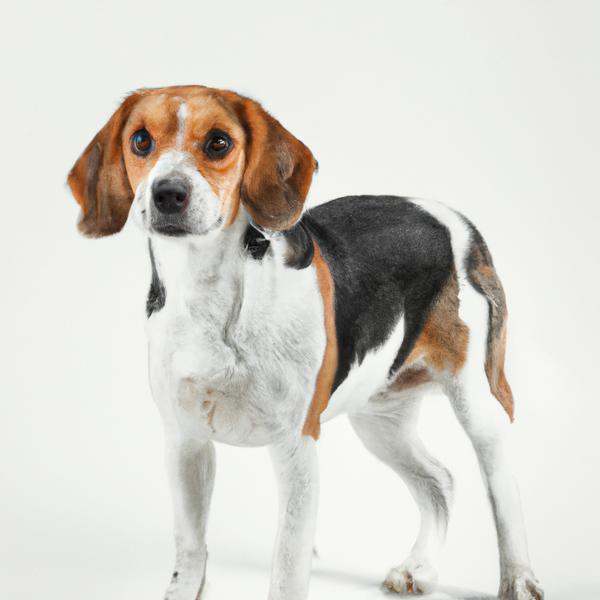
Border Beagle
Corkie vs Border Beagle

Toy Foxy Rat Terrier
Corkie vs Toy Foxy Rat Terrier
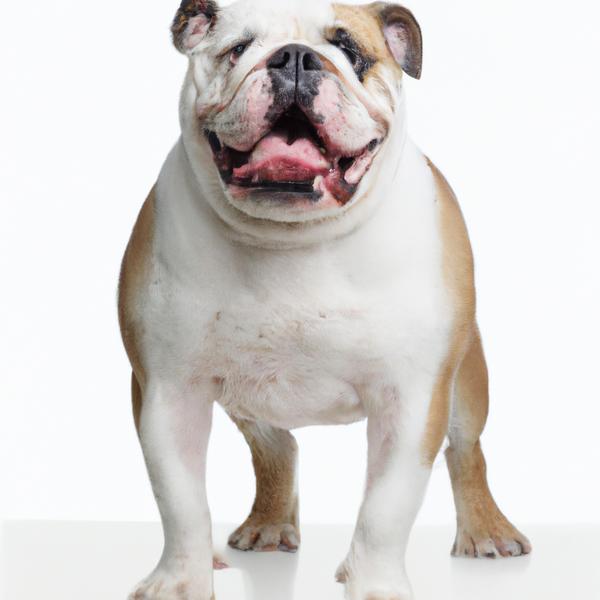
English Bulldog Terrier
Corkie vs English Bulldog Terrier
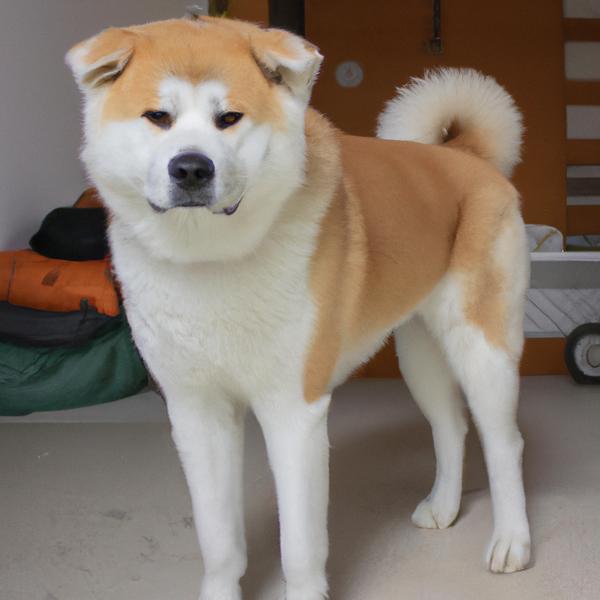
Cava Inu
Corkie vs Cava Inu

Vizmaraner
Corkie vs Vizmaraner
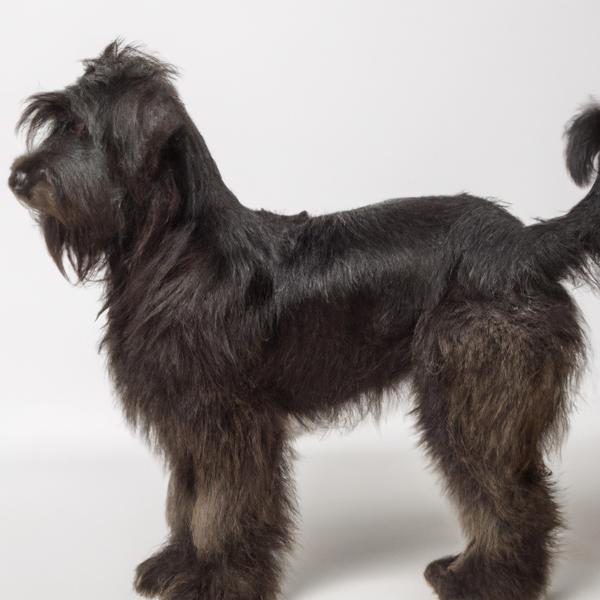
Chonzer
Corkie vs Chonzer
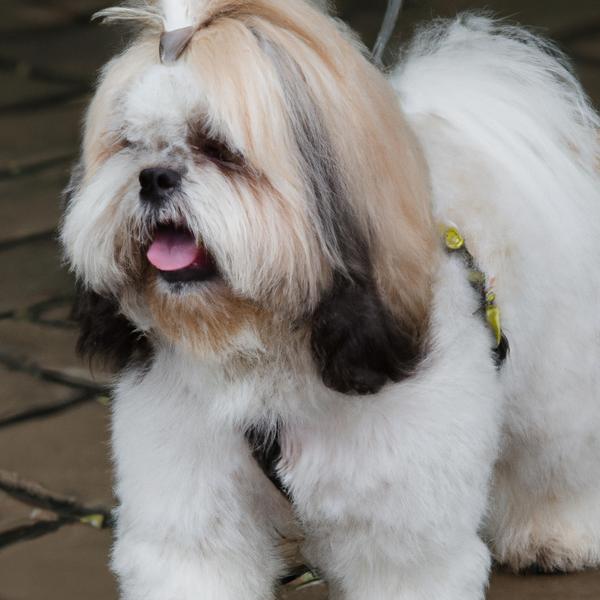
Enga-Apso
Corkie vs Enga-Apso
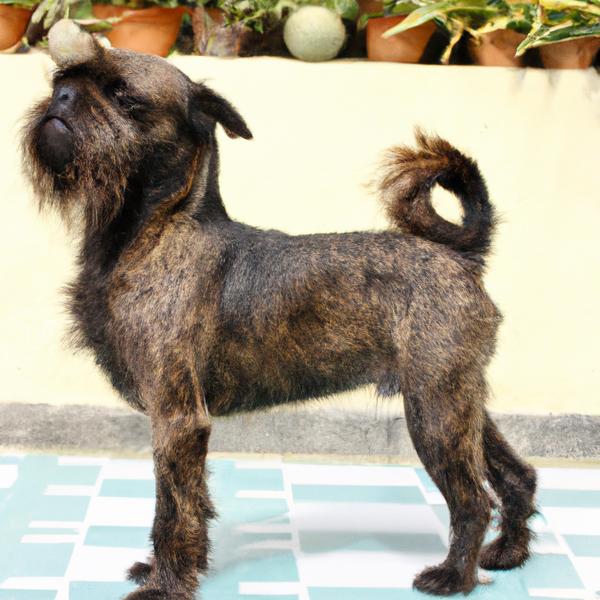
Papigriffon
Corkie vs Papigriffon
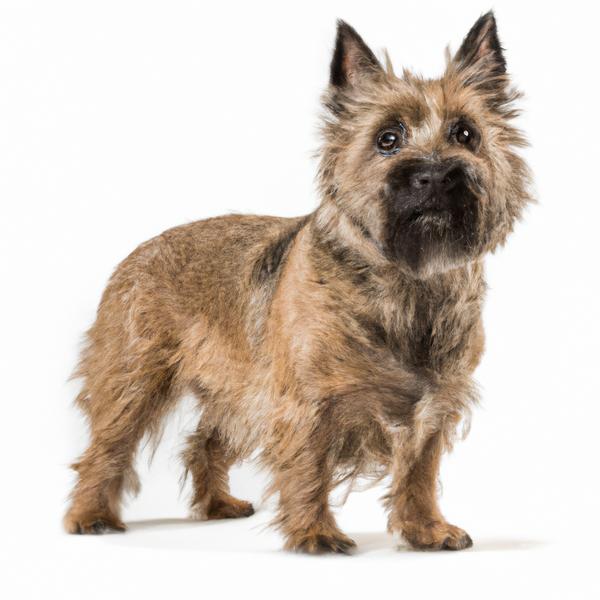
Cairnwich Terrier
Corkie vs Cairnwich Terrier
